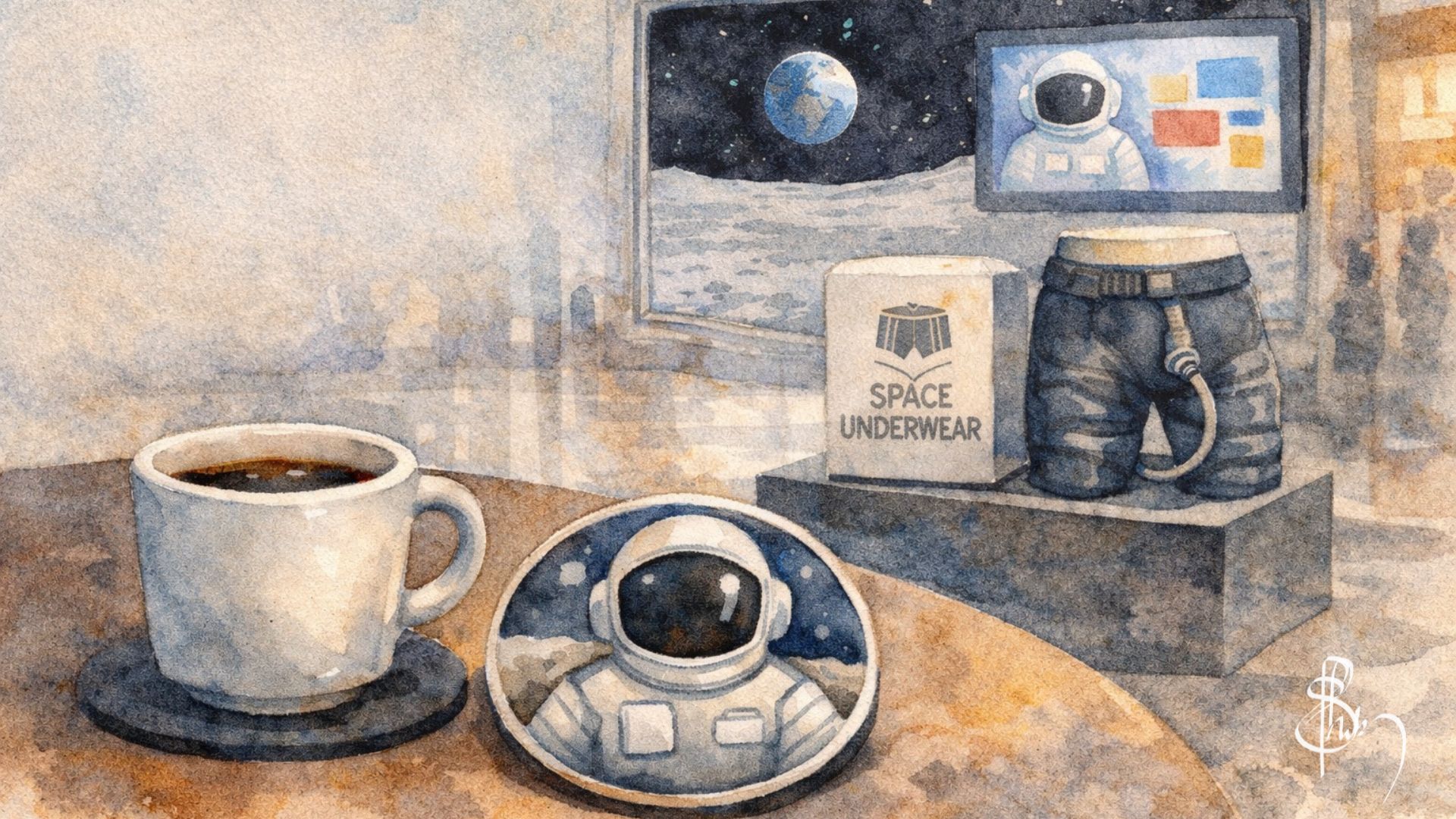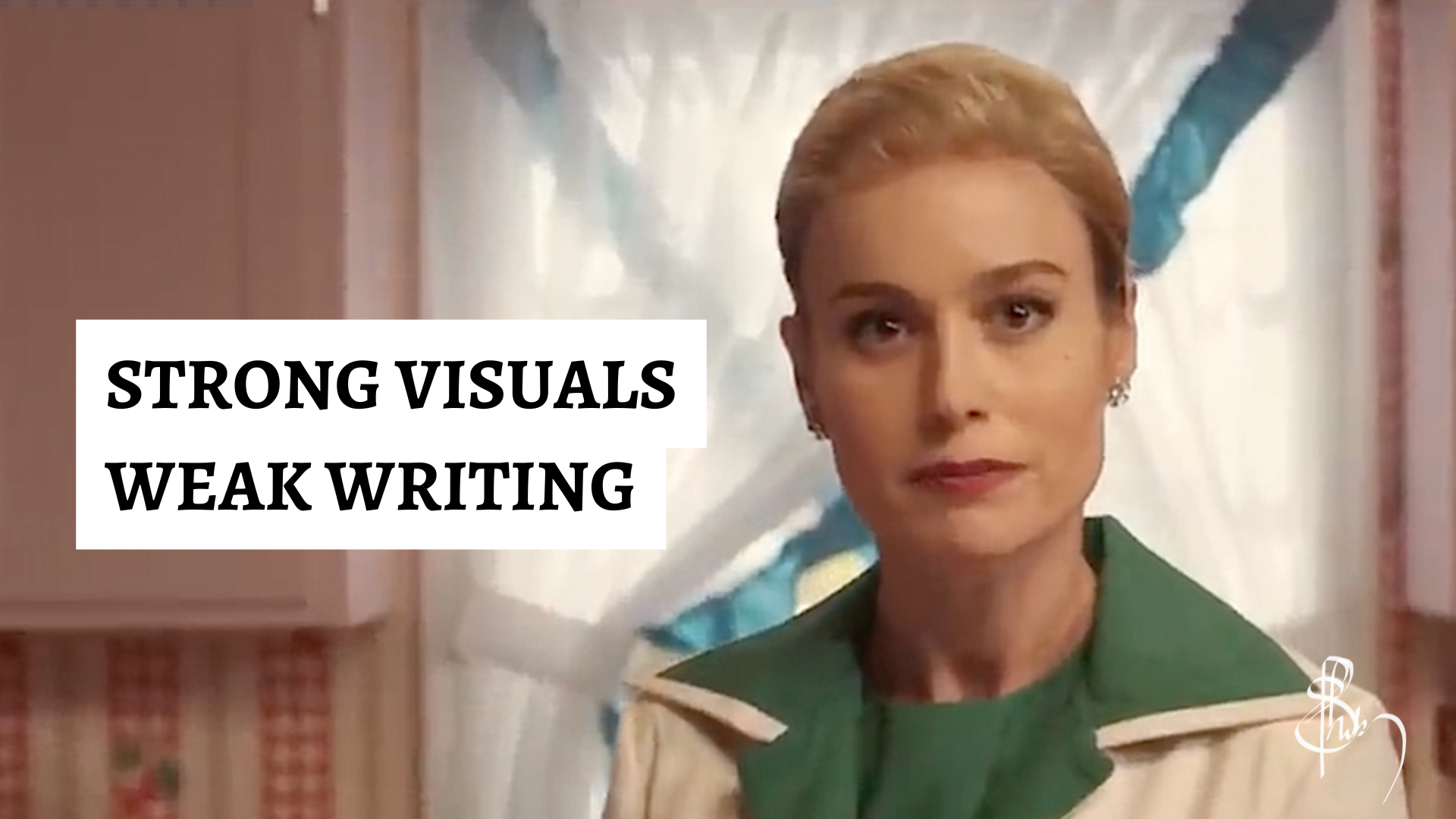This is an excerpt from my book The Indian Indie Film (or Make Your Film for rest of the world). It was written from the experience of making my debut feature film on an iPhone for ₹5 lakhs ($7,000). Now available as an eBook on Amazon.
Everything we do on set is nothing but collecting raw materials. It is in the editing table that a film actually comes together. Similarly it is in the Sound Mixing stage that all the sounds you’ve been collecting come together: the clean dialogues, the music you composed with or without a composer, the foley and ambience effects you recorded or found.
Mixing is the stage where all the sounds are brought together. Each element is mixed to make it seem appropriate for the scene and the film as a whole. Nonetheless I should admit that mixing is a topic that I am still learning. It was for this reason that I needed a Sound Engineer for my debut film Munnariv. I would listen to the stereo mix he created and if anything stood out, I would let him know.
What is Mixing
For Munnariv we identified all the basic elements—dialogues, music, foley and ambience—for each scene during preproduction itself. Our Sound Engineer, Sreenath, religiously collected each of those sounds over time. Hence when it came to mixing the sounds, it was a straightforward process for most of the scenes.
Generally the following is true for most scenes:
- Dialogue is the loudest
- Followed by the music
- Followed by the foley and ambience sounds
This is only a guideline. If two people are standing by a drilling machine and is unable to hear the other, inspite of shouting at the top of their voices, then of course the mixing will reflect that.
Check this video for a beginner’s guide on Sound Mixing, though not all of it might be accurate for a feature film.
Among the countless videos online, the YouTube channel Cinema Sound by professional Sound Designer Mark Edward Lewis is one of the most legitimate ones.
What I Look for as a Director While Mixing
As a director my job is to hold the vision for what I want the audience to feel. I stand in for the audience and guide the crew to ensure that the audience is taken care of in every moment of the film. If you had seen this video analysing a scene from Steven Spielberg’s Munich, you would know how beautifully sound designer Ben Burtt used sounds.
In Munnariv there is a scene where the lead character is in the toilet. There is a strange girl from nowhere sitting outside, in his bedroom. He is tensed, scared and unsure what is going on.
Instead of using a tense music, we chose to creatively use the ambient sound of the exhaust fan. We made it impressionistic of his mental state by making it louder and echoey than it would ever be, and menacingly slow. These are conscious choices we made in the mixing stage, working with the Sound Engineer. The audience will not be consciously aware of these, but will feel the danger or tension in it.
There are no rules in art. It is then only by knowing why each scene exists that I, as a director, can know if something is right or wrong.
Additional Resources
- The 86 hours long MZed course by Mark Edward Lewis. I have been told that it is the best one available online. (If you are planning to take an MZed Pro membership, let us know. Lots of courses we too want to get our hands on).
Hey Aspiring Filmmaker,
I debuted my film career making a feature film for ₹5 lakhs ($7,000) on an iPhone. I’d like to help you do the same. So I wrote everything I learned into a book. It is now available on Amazon, called The Indian Indie Film (or Make Your Film for rest of the world). Enjoy!





